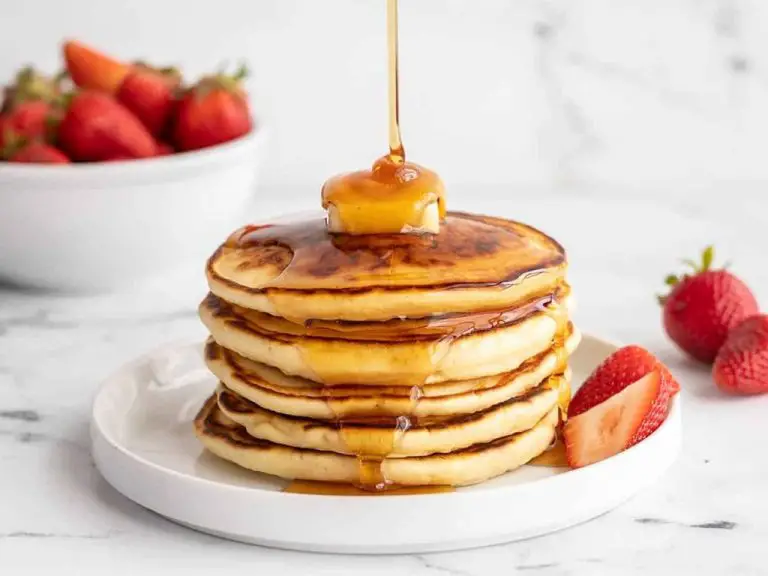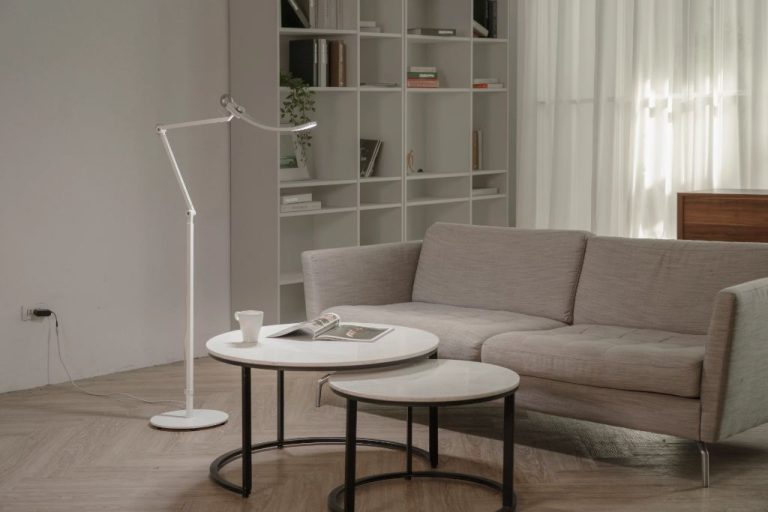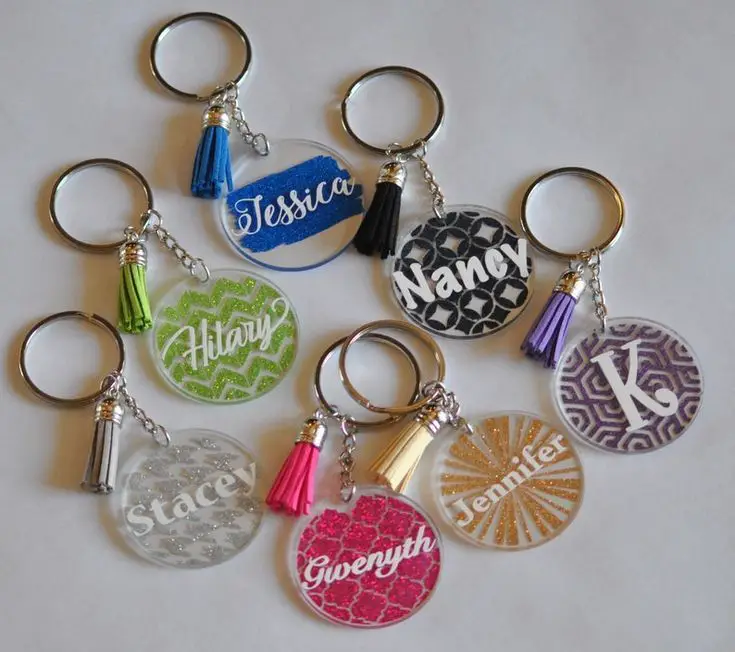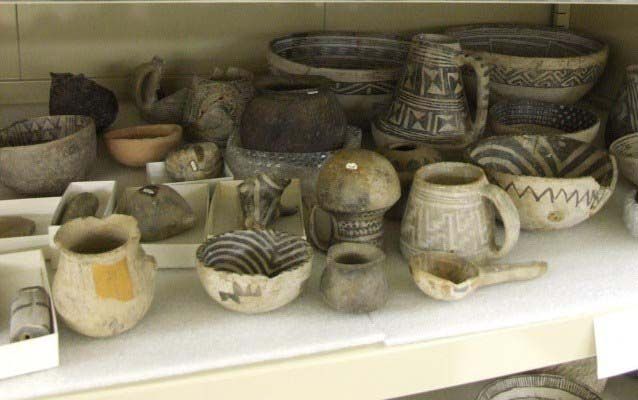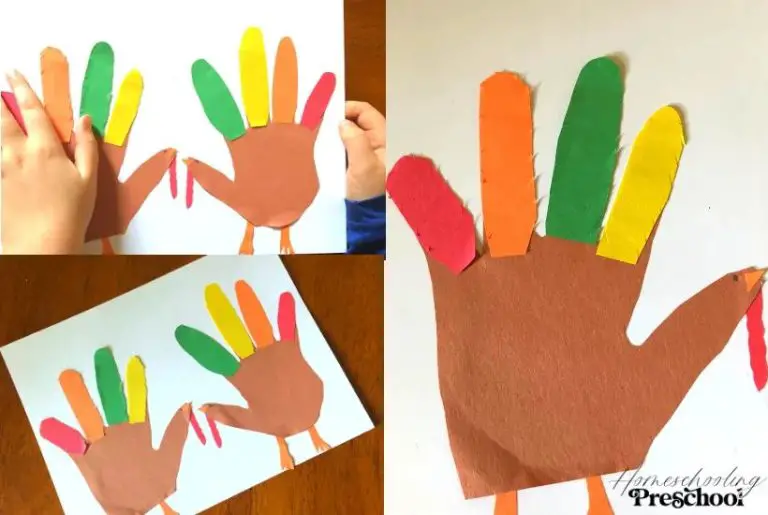How Do You Decorate A Large Outdoor Pot?
Decorating large outdoor pots can completely transform a patio, porch, or garden. With their ample space, large pots allow for creativity in choosing eye-catching plants and designing stunning arrangements. Careful planning is needed to select the right pot, prepare it properly, pick suitable plants, and maintain the potted display throughout the seasons. This guide will provide tips and inspiration to help you decorate a large outdoor pot to create a focal point that enhances your outdoor living space.
Sources:
Choosing the Right Pot
When selecting a pot for outdoor use, it’s important to consider the material, shape, and size that will work best for your needs. Some key factors to evaluate include:
Material – Common materials for outdoor pots include terracotta, concrete, metal, wood, and fiberglass. Terracotta and concrete absorb moisture which can help buffer soil and plant roots from extreme temperatures. Metal conducts heat which may not be ideal in very hot climates, but it resists weathering and lasts a long time. Wood looks natural but requires more maintenance and may rot over time. Fiberglass is lightweight yet durable. Material choice may depend on climate, location, and how the pot will be used (see https://www.plantercraft.com/blogs/what-material-is-best-for-outdoor-planters/).
Shape – Round, square, rectangular, and other shapes each have their own aesthetic. Consider if the pot will stand alone or work as part of a grouping. Match shape to the architecture and landscape. Scale is also important – a very large pot makes a dramatic statement, while clusters of smaller pots add visual interest.
Size – Take into account the mature size of the plants you intend to grow, and choose a pot that will allow sufficient room for growth. Generally, it’s better to size up. Also consider the pot’s soil capacity in relation to watering needs. Larger pots hold more soil and retain moisture longer.
Preparing the Pot
Before planting, it’s important to properly prepare your large pot. Start by giving the pot a thorough cleaning to remove any dirt, debris, or salts that may have accumulated. Use a mild detergent and warm water to scrub both the inside and outside of the pot. Allow it to fully dry.
Next, you may want to seal or paint the interior of terra cotta or porous pots. Left unsealed, moisture will weep through the pot walls and evaporate. This can lead to problems with soil drying out too quickly. Use a dedicated pot sealer or acrylic paint on the inside walls to waterproof the pot. Allow sealer or paint to dry fully before planting. You can also use plastic pots, which don’t require sealing (Jayscotts, 2023).
If desired, the exterior of the pot can be painted as well for decorative purposes. Use a spray paint formulated for outdoor use on ceramics and plastics. Multiple thin coats generally adhere best on pots. Allow paint to fully cure before planting.
Soil and Drainage
Proper drainage is crucial for large outdoor pots. Make sure your container has drainage holes in the bottom to allow excess water to flow out. Without drainage holes, water will accumulate at the bottom of the pot and cause root rot.
The soil type you use is also important. A good potting mix will contain ingredients like peat moss, compost, perlite, or vermiculite to retain moisture while still allowing drainage. According to the Proven Winners article “Best Potting Soil for Outdoor Potted Plants,” a basic mix of peat moss, pine bark, and perlite works well for most plants (source). Avoid regular garden soil, as it can become too compacted.
Aim for a lightweight, porous potting mix that will dry out in between waterings. This gives roots access to both air and water. A soil pH between 6.0-6.5 is ideal for most plants. Test your soil and amend it as needed with lime or sulfur before planting.
Choosing the Right Plants
When selecting plants for a large outdoor pot, you’ll want to consider the plant’s mature size, sunlight needs, and growth habit to create an attractive and healthy container garden. Choose a combination of taller upright plants and trailing plants that spill over the edges of the pot.
For the center or backdrop of the pot, select large plants that can grow over 2 feet tall like ornamental grasses, small shrubs, or bamboo. Some good options include big bluestem grass, arborvitae, or golden Japanese forest grass.
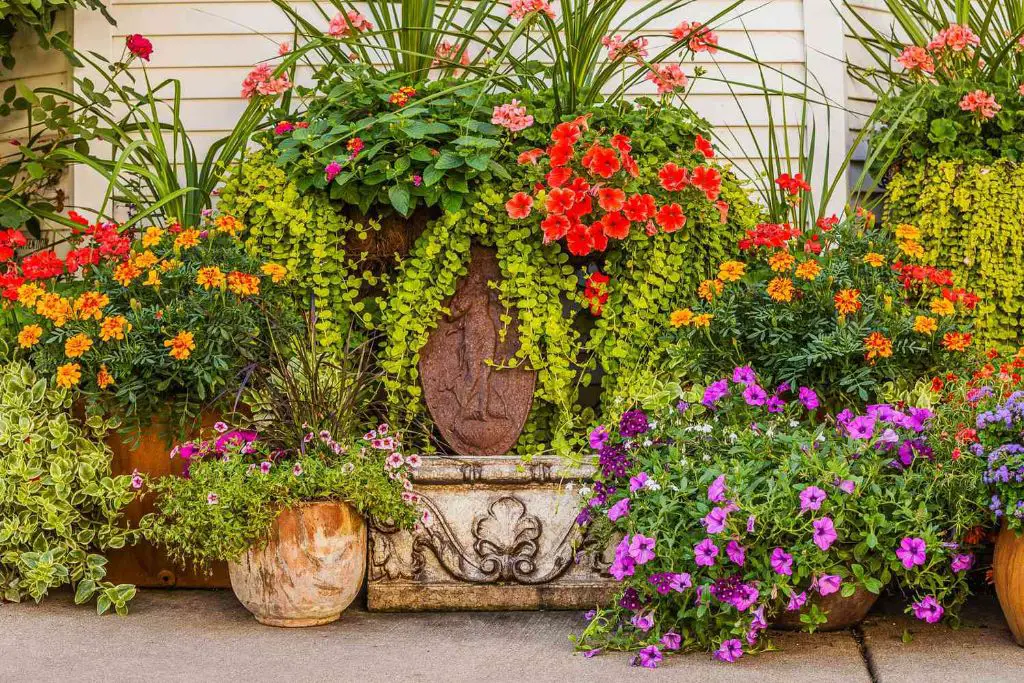
Along the outside edges, use trailing or cascading plants like ivy, vinca, or lantana to soften the container’s appearance. Trailing plants like creeping Jenny or golden pothos will gracefully spill over the sides.
Be sure to select plants suited to the sunlight exposure the pot will receive. Mix sun-lovers like sedum and lantana with shade-tolerant choices like ferns and begonias. Having a variety of foliage colors and textures also creates visual interest.
Arranging Plants
Proper placement and combining various heights and textures are key to creating an appealing arrangement in a large pot. When grouping plants together, it helps to place the tallest specimens in the back and shorter plants in front. This allows sunlight to reach all plants and provides a layered look.
Aim for a variety of leaf shapes and textures – combine fine, ferny foliage with broad, bold leaves for contrast. You can also alternate mounded or weeping plants with upright, columnar ones. Having different leaf colors and shapes makes the arrangement more dynamic.
Don’t overlook foliage plants like coleus, ivy, caladiums and ferns – they add beautiful color and texture. Consider adding a trellis or obelisk in the center for climbing vines. This adds height and a focal point to the pot.
When it comes to flowers, go for a mix of continuous and seasonal bloomers. Dragonwing begonias, lantana, and petunias will give you weeks of color. Then use bulbs like daffodils or annuals like zinnias for bursts of seasonal blooms.
See these potted plant arrangements for inspiration:
https://www.bhg.com/gardening/container/plans-ideas/how-to-group-container-gardens-together/
Adding Decorations
Decorations are a great way to enhance the look of your large pots and really make them stand out. Some popular decorations to consider adding include:
- Accent pieces like garden statues, sundials, small fountains, or bird baths placed in or near the large pot can serve as beautiful focal points (Accent Decor’s outdoor planters, n.d.).
- Sculptures like animal or nature-inspired pieces add visual interest and a sense of whimsy.
- Solar-powered lights around the pot’s rim or spotlights on the pot itself provide gorgeous illumination at night.
When selecting decorations, make sure to choose those that fit the style and scale of your pot. For example, a large classical urn would suit classically styled statues or sundials, while a more modern squared pot may pair better with sleek minimalist accents. Position accent pieces away from the plants to avoid overcrowding the pot.
Seasonal Touches
One of the fun things about decorating large outdoor pots is being able to easily change them up for different seasons and holidays. Here are some ideas for giving your pots some seasonal flair:
For spring, use pastel colors like light pinks, blues, and yellows. Add faux flower picks and bright greenery like baby’s breath or ferns. Accents like butterflies, Easter eggs, and bunnies make perfect touches. Refer to this Pinterest board for spring planter inspiration.
In summer, go bright and bold with sunflowers, zinnias, and daisies. Tie jute or raffia bows around your pots. Add solar lights for a glow at night. Get creative with patriotic accents for the 4th of July. See this article for summer planter ideas.
For fall, incorporate warm tones like burnt orange, red, and yellow. Mini pumpkins, gourds, and fallen leaves make the perfect fall touches. Scatter acorns or pinecones around for added texture. Refer to the aforementioned Pinterest board for autumn planter inspiration.
In winter, evergreen branches, pinecones, and red winter berries add festive flair. For Christmas, add picks with ornaments, bows, and faux presents. String lights around and within your pot for a magical glow. See the aforementioned article for winter planter ideas.
Get creative and have fun decorating your pots for each season and holiday!
Maintenance
Proper maintenance is crucial for keeping your large outdoor pot looking its best all season long. Here are some key tasks to stay on top of:
Watering: Check the soil moisture daily by sticking your finger into the soil. Water thoroughly whenever the top inch of soil feels dry. The frequency will depend on factors like weather, plant types, sun exposure, etc. Consider using a drip irrigation system on a timer to automate watering. According to Miracle-Gro, containers should be watered until it drains out the bottom.
Fertilizing: Use a water-soluble fertilizer like Miracle-Gro every 7-14 days during the growing season to provide nutrients. Slow release fertilizer pellets worked into the soil at planting time can also supply nutrients over a longer period.
Pruning: Trim back any leggy or dead growth on a regular basis to keep plants looking tidy. Pinching off spent blooms encourages more flowering. Cutting back herbs and annuals midseason promotes bushier regrowth. Always sterilize pruners between plants with rubbing alcohol to prevent disease spread.
Overwintering
Protecting your large outdoor pots in winter is crucial to ensure your plants survive. There are a few options for overwintering:
Bring pots indoors to a cool, dark location like a basement or garage. Make sure to water sparingly. According to Penn State Extension, the indoor temperature should stay above freezing and ideally between 35-50°F.
Another option is to group pots together, wrap or cover them to insulate the roots, and leave them outside in a protected area. Add mulch around the pots for extra insulation. Covering pots with burlap, old blankets, or straw can help protect them from harsh winter winds.
Prune back any dead leaves or stems before overwintering. Stop fertilizing and reduce watering. Empty any excess water from drainage trays once pots are moved indoors so roots don’t sit in water.
Selecting plants that are hardy to your zone, like certain evergreens, means they can withstand staying outdoors in pots over winter if properly insulated and protected.

